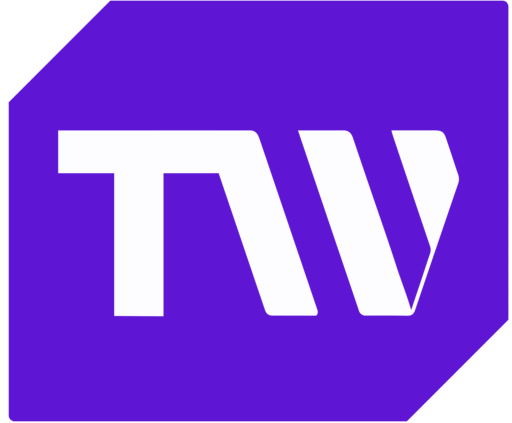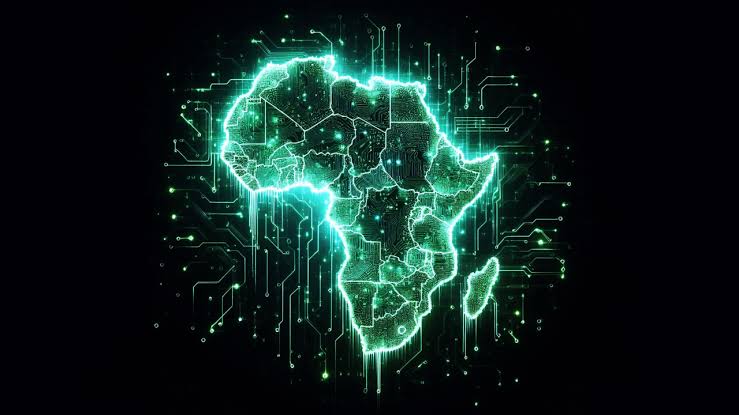AI and Creative Content Generation: Redefining African Brand Narratives
AI is taking over. Well, at least that’s what it feels like. During the fairly recent rise of AI tools such as ChatGPT and AI-generated graphic designs, there seemed almost to be a moment of denial from the media world. There was a defiant consensus that no matter how good AI got, it could never replicate the intricacies of human thought, ideas, and emotions that are needed in creative content generation. AI couldn’t possibly be that creative. Or could it?
In Africa, though, creative content requires even more nuance and intricacy than you’d find anywhere else in the world. The sort of intricacy that is deeply rooted in culture and a sense of pride and belonging that maybe only a human can truly feel. But as every African was born with a blank slate, unaware of these feelings but learning over time, so too AI, an entity that has been proven to learn from experience, may eventually become privy to the differences in requirement when the creative content in question is tailored for an African market.
However, to understand how Generative AI influences the landscape of creative content generation in Africa, we must first understand what it is exactly. Generative AI is a type of artificial intelligence technology capable of generating new forms of creative content such as text, images, audio, video, code, or other media using generative models. Generative AI has recently experienced a sharp rise in popularity and economic influence as more and more of its capabilities are made accessible to the general public. In Africa, the Generative AI market is projected to reach $ 1.64 billion in 2025, and the market size is expected to show an annual growth rate of 36.99%, resulting in a market volume of $ 10.87 billion by 2031.
Generative AI is not only the future of creative content technology but also a significant player in the economic future of the entire world. As a continent already finding itself behind in the general use of Generative AI technology, Africa’s 2031 market volume projection is less than half of the United States’ 2025 market volume. However, this gap presents an opportunity for Africa to make swift moves and overcome various hurdles, paving the way for a promising future in Generative AI.
But what is currently being done within Africa to begin to bridge this gap? The continent of Africa remains a conveyor belt for some of the brightest minds on the planet. Against all odds and disproportionately so, African excellence and intelligence have never been doubted worldwide. Despite the high number of obstacles being faced within the continent in the evolution of technology, multiple success stories point to the potential Africa still holds in the future of Generative AI. African companies are not just catching up, they are leading the way.
One such success is the Africa-focused AI technology company Periculum, founded by Nigerian financial expert Michael Collins. Generative AI is a key focus for technological development at Periculum, and they have made giant strides in creating innovative AI solutions that aim to unlock creativity and drive economic growth in Africa. They have developed their chatbot called Prolific, which has been built on ChatGPT. The product allows organizations and people to create personalized and intelligent conversational AI that can provide accurate and helpful responses in real time and can handle a wide range of queries.
Periculum has also developed a neural machine translation (NMT) product designed to overcome language barriers and enable businesses to communicate more effectively with customers, partners, and employees in different languages. Periculum’s National Language Processing (NLP) data and document understanding tool extracts meaningful information from unstructured text data, such as PDF documents, emails, social media posts, and customer feedback. It is capable of generating insights in real-time, which are delivered through a dashboard that abstracts the model’s complexity and conveys useful information interactively.
Another emergence is the Ghanaian startup Mazzuma. Initially a payments app, it has gradually moved into Web3 through cryptocurrencies and blockchain. It has now launched its new Generative AI product, MazzumaGPT, which helps developers seamlessly generate smart contract code for Web3 decentralized applications. These are just a couple of examples of companies making strides in taking advantage of the possibilities provided by Generative AI to evolve the world of creative content generation in Africa. But needless to say, we have barely scratched the surface.
There are many more possibilities for creative content. As brands attempt to ride the wave of AI in search of innovative methods for customer interaction and marketing, With the ability to analyze vast amounts of data and generate insights, AI can help companies create more targeted and effective marketing campaigns. This technology is rapidly transforming the field of marketing, and the future of this field will increasingly rely on AI. But what does this mean for marketing opportunities on a continent like Africa?
The lack of digitized data collection makes data analytics tougher in Africa. AI generally learns from analyzing existing data, so more data is needed to personalize marketing strategies using AI. In the world of copywriting, tools such as Jasper and Grammarly, which are adept at comprehending and producing text that resembles that of a human, are considered necessities.
Having technology with the ability to produce advertising campaigns, blog posts, attend to customer services, and so on within seconds of a click of a button is an invaluable aid to businesses. However, the effectiveness of these tools is somewhat hampered by the reality of relatively poor data collection within Africa. This is where companies like Periculum and Mazzuma step in. They are not just producing AI technology, they are producing AI marketing tools specifically tailored to the nuances of the African market. This is AI made by Africans for Africans, empowering local businesses and ensuring they are not left behind in the AI revolution.
In the world of visual design, the importance of personalization is never understated. Tools such as Uizard and Designs.ai, which provide a better chance for highly personalized visual content, are preferred to purely AI-generated designs. AI-generated images and graphics work similarly to written text in the sense that they tend to learn or copy from digitally available material. This then provides an end product lacking in originality and the sort of nuanced detail required in creating visual content that may appeal to African audiences. In this area, it is widely regarded that AI generative content is best served only as an aid to a human artist as opposed to being the artist itself.
As much as the development of AI technology in Africa has a long way to go, the signs of progress are there to be seen. Even as general technological advancements lag behind the rest of the world, some have overcome these hurdles to create technologies with great potential for the future of African AI content generation. For now, it remains essential that creative content in Africa is produced by those in whom cultural nuance and subtlety exist to maintain the full capability of storytelling and illustration within marketing.


